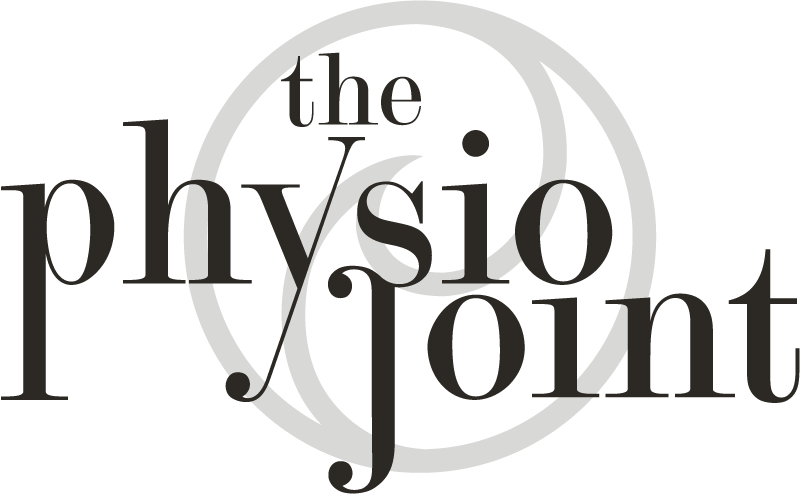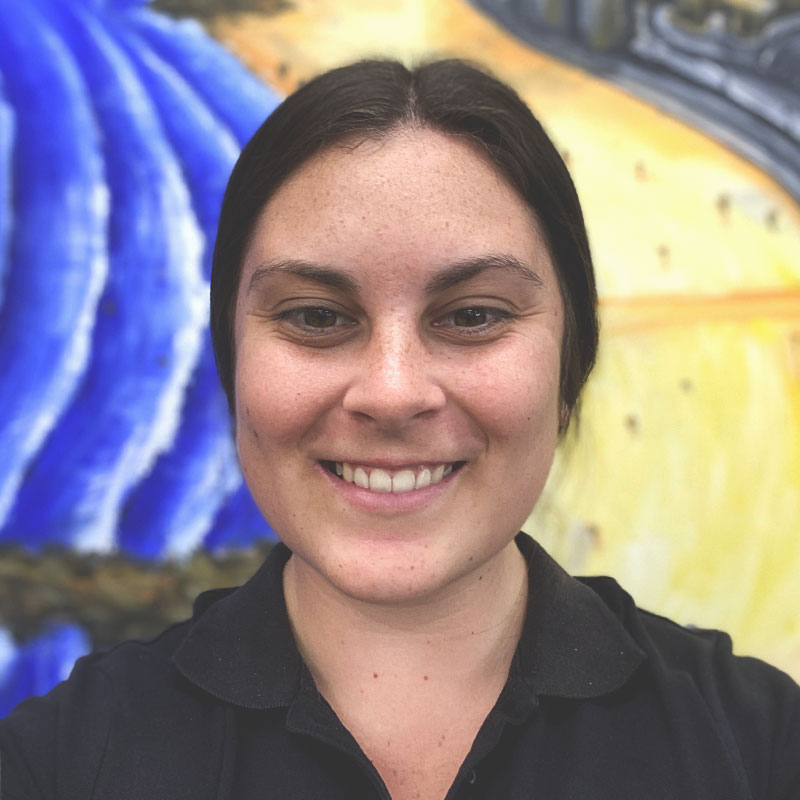A VOMS assessment is typically used as a 10-15 minute concussion screening tool. It has been proposed that it serves as a component of a comprehensive approach to a post-concussion assessment.
Impairments within the vestibulo-ocular system commonly present as symptoms such as dizziness and visual instability. Up to 30% of concussed athletes report visual problems during the 7 days post injury. Oculomotor impairment symptoms manifest as blurred vision, diplopia, impaired eye movements, difficulty with concentration and reading, headaches, dizziness and eye pain. At least 50% of concussed athletes report the symptom of dizziness. Dizziness can represent an underlying impairment of the vestibular and/or oculomotor system and has a higher risk compared to any other symptom.
Concussions as we know them can directly impair oculomotor function. Ocular issues (poor eye tracking) after concussions are also common.
There are 5 tests that are routinely conducted. These tests can measure the following:
- Smooth Pursuit: Assesses the ability to follow a slowly moving object.
- Saccades: Assesses the ability of the eyes to move quickly between targets.
- Convergence/divergence: Assesses the ability to view a near and far target without reporting symptoms of double vision.
- Vestibulo-ocular reflex (VOR) test: Assesses the ability to stabilise vision while the head is moving.
- Visual Motor Sensitivity (VMS) test: Assesses visual motion sensitivity and the ability to inhibit vestibular-induced eye movements using vision.
The VOMS has demonstrated internal consistency as well as sensitivity in identifying patients with concussions.
As previously aforementioned, the VOMS testing is just one aspect of post-concussion symptoms assessment and treatment. Over the next few weeks, we will be highlighting the other assessment tools that are commonly used within the practice.




